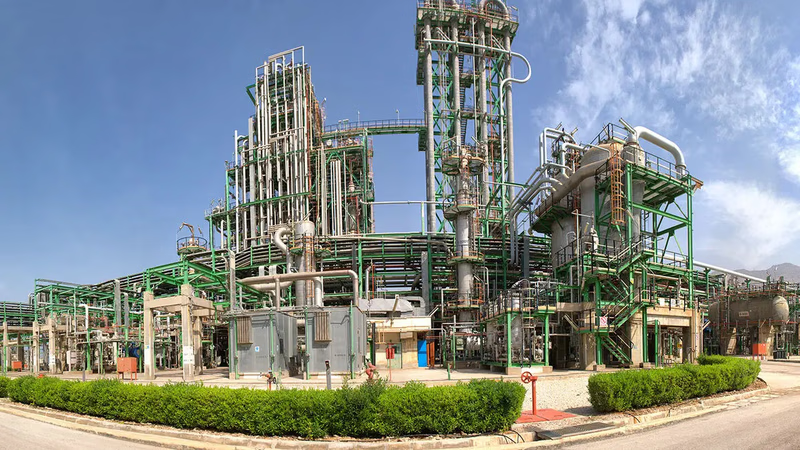
Explore various polypropylene grades in trade applications.
Polypropylene can be produced with different molecular weights, which affects its mechanical properties, melt flow rate, and processability. High molecular weight polypropylene generally offers better strength and toughness, while low molecular weight grades have better flow properties and are easier to process. Different grades of polypropylene are designed to meet specific processing requirements. For example, some grades are optimized for injection molding, while others are better suited for extrusion or blow molding processes. The processing characteristics of polypropylene can be modified by adjusting the molecular weight, melt flow rate, and additives. Polypropylene grades can vary in cost based on the manufacturing process, additives used, and performance characteristics. Different grades allow manufacturers to choose the most cost-effective option that meets their application requirements without compromising performance.
Homopolymer PP is the most widely used grade of polypropylene. It is composed of only propylene monomers, resulting in a high melting point and excellent mechanical properties. It offers good chemical resistance and is often used in applications requiring high stiffness, strength, and temperature resistance. Random copolymer PP is created by incorporating a small amount of a comonomer, such as ethylene, into the polymer chain. This addition improves the impact resistance and clarity of the material. PP-R is commonly used in applications requiring excellent transparency, flexibility, and impact strength, such as packaging films, transparent containers, and consumer goods.
Block copolymer PP consists of alternating blocks of homopolymer and random copolymer segments. This grade combines the stiffness and heat resistance of homopolymer PP with the improved impact resistance and transparency of random copolymer PP. PP-B is often used in applications requiring a balance between stiffness, impact strength, and clarity. HMS-PP is a specialized grade of polypropylene with enhanced melt strength. It is used in applications that require improved processability during melt spinning, extrusion blow molding, and foam extrusion processes. HMS-PP is commonly used in the production of fibers, foam products, and automotive parts. Polypropylene materials are generally divided into two general categories:
- Polypropylene is a homo polymer produced by the polymerization of propylene monomer alone and
- Polypropylene copolymer produced from the polymerization of propylene with ethylene co-monomer.
Polypropylene is one of the most important commercial polymers, which, like its family, covers a wide range of applications. Products made from it in various forms in the form of thermoforming, injection and pneumatic containers as well as food packaging films are widely developed and the automotive industry benefits from its blends including cheaper prices and similar properties to engineering polymers. Polypropylene is commercially produced in three distinct types. Its homo-polymer is composed only of propylene monomers, but by adding ethylene co-monomer, according to the percentage and method of its addition, two types of polypropylene copolymers, including random and block, are obtained.
In the first type, ethylene co-monomer is randomly placed between propylene monomers, but the second consists of ethylene and propylene blocks distributed in a matrix of polypropylene homo-polymer. The latter type is actually a polymer compound that is the product of a polymerization reactor, but can also be produced synthetically by adding rubber to polypropylene during the extrusion process, although it has weaker properties than a similar reactor grade.
Polypropylene can be reinforced with various fillers or fibers to enhance its mechanical properties. Reinforcements such as glass fibers, talc, and mineral fillers can be incorporated to improve stiffness, strength, dimensional stability, and impact resistance. Reinforced polypropylene is commonly used in automotive components, industrial parts, and structural applications. There are also specialty grades of polypropylene that are tailored for specific applications. These include flame-retardant (FR) polypropylene, electrically conductive polypropylene, antistatic polypropylene, and UV-stabilized polypropylene. These grades are formulated to meet specific performance requirements in industries such as electronics, automotive, construction, and outdoor applications.
Polypropylene grades can contain various additives to enhance specific properties. These additives include stabilizers, antioxidants, UV absorbers, nucleating agents, antistatic agents, flame retardants, and more. Additives are incorporated to improve the material's resistance to environmental factors, enhance performance, or meet specific regulatory requirements. Different applications require specific properties from polypropylene. For example, packaging applications may require good clarity, high impact resistance, or excellent heat sealability, while automotive applications may prioritize stiffness, dimensional stability, and resistance to chemicals and temperature extremes. By offering different grades, polypropylene can meet the diverse needs of various industries and applications.
-
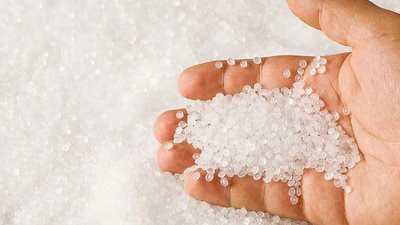
Polypropylene is a versatile thermoplastic polymer derived from propylene, known for its high strength-to-weight ratio, chemical resistance, and thermal stability. It is widely utilized across various industries, including automotive, packaging, and textiles. Its lightweight nature makes it ideal for applications requiring weight reduction, such as automotive parts and packaging materials. Polypropylene"s excellent clarity and impact resistance allow it to be molded into diverse shapes for containers and films. In textiles, polypropylene fibers are used to create durable non-woven fabrics and carpets due to their abrasion resistance and moisture-wicking properties. The polymerization process of propylene involves the Ziegler-Natta catalyst, resulting in an isotactic polymer with high crystallization potential. Polypropylene"s resistance to solvents, bases, and acids enhances its suitability for containers and pipes in aggressive environments. Its low moisture absorption compared to other polymers makes it advantageous for various applications.
Despite its low melt strength limiting some processing methods like blow molding, polypropylene"s high melting point ensures it retains shape under heat exposure. Additionally, its electrical insulation properties make it valuable in electronic components. "
-
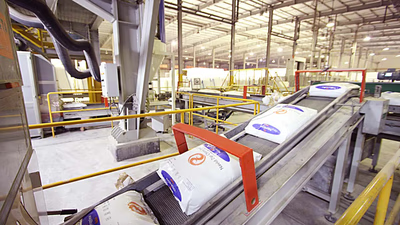
The Middle East is a leading producer of propylene, essential for polypropylene manufacturing, due to its abundant natural gas and petroleum resources. The region"s strategic location facilitates access to major markets in Asia and Europe, enhancing export logistics. Advanced catalysts and technologies have improved production efficiency, allowing for cost-effective polypropylene output. Countries like Saudi Arabia, Qatar, Oman, the UAE, and Iran are key players in this sector, with companies such as Saudi Aramco and Borouge leading production efforts. The growing demand for polypropylene driven by urbanization and industrialization in nearby regions like China and India further boosts capacity expansions in the Middle East. As these nations diversify their economies away from oil dependency, the petrochemical industry becomes increasingly vital. Investments in integrated petrochemical complexes enhance productivity and competitiveness while fostering a business-friendly environment through incentives for domestic and international investors. This strategic focus on petrochemicals positions the Middle East as a significant player in the global polypropylene market. "
-
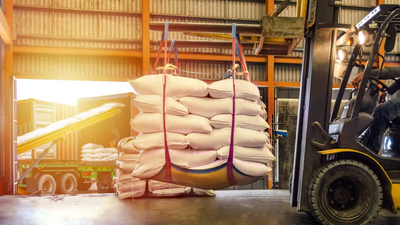
Karl Ziegler"s discovery of the Ziegler-Natta catalyst in 1951 revolutionized the production of polypropylene, enabling its commercial use by 1957. This polymer is known for its excellent mechanical properties, chemical resistance, and thermal stability, making it suitable for diverse applications such as packaging, textiles, and automotive components. The versatility of polypropylene has led to advancements in production technologies and the development of various grades tailored for specific industry needs. Recent trends emphasize recycling and sustainability, with innovations aimed at reprocessing post-consumer waste and creating bio-based alternatives. The global polypropylene market is projected to grow significantly, with a compound annual growth rate (CAGR) of 5. 78% from 2024 to 2029. The Asia-Pacific region is expected to lead in consumption due to high demand from countries like China and India. As industries continue to seek sustainable solutions, the focus on enhancing polypropylene"s properties through nanomaterials and advanced catalysts will likely shape its future applications.
-
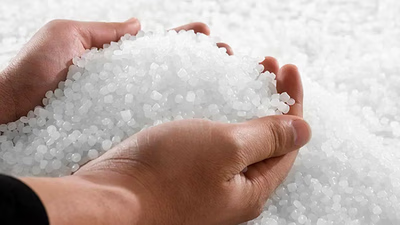
Middle Eastern countries, notably Saudi Arabia, Qatar, the UAE, and Oman, have heavily invested in petrochemical infrastructure, positioning themselves as leaders in global polypropylene production. The region"s abundant and low-cost feedstock from natural gas and crude oil supports large-scale petrochemical complexes. Global polypropylene capacity is projected to grow significantly from 97. 65 million tonnes per annum (mtpa) in 2022 to 159. 35 mtpa by 2027, with a notable number of new projects planned primarily in Asia and the Middle East. Despite regional market challenges such as oversupply in Northeast and Southeast Asia, Middle Eastern producers are expected to maintain production levels to capture market share. Companies like Borouge and SABIC are key players in the UAE and Saudi Arabia respectively, contributing significantly to the region"s output. Oman also plays a role through Orpic"s production facilities.
The competitive landscape includes pressures from European imports and potential supply gluts from China affecting global dynamics. As the Middle East anticipates an increase in polypropylene capacity at an average annual growth rate of 9. 5%, it remains crucial for stakeholders to stay informed through industry reports for accurate insights into this evolving market. "
-

Polypropylene is produced in various grades, each tailored for specific applications based on molecular weight, mechanical properties, and processing methods. High molecular weight grades provide superior strength and toughness, while low molecular weight options enhance flow properties and ease of processing. Key grades include homopolymer PP, known for its high melting point and mechanical strength; random copolymer PP, which improves impact resistance; block copolymer PP, combining stiffness with enhanced clarity; and HMS-PP, designed for improved processability. Polypropylene can also be reinforced with fillers to boost its mechanical properties. Specialty grades are available for unique applications such as flame-retardant or UV-stabilized polypropylene. The choice of grade impacts cost-effectiveness without sacrificing performance, making polypropylene a versatile material across industries like automotive and packaging.
-
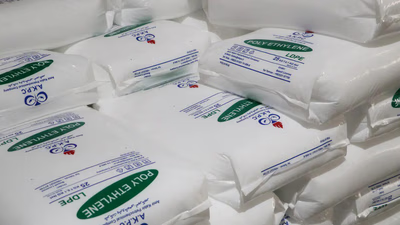
Polypropylene is a versatile polymer used across various industries due to its lightweight, durability, and chemical resistance. It can be molded into different forms such as fibers, films, and complex shapes through processes like injection molding and extrusion. Its high melting point and excellent electrical insulation properties make it suitable for automotive components, packaging materials, and electrical applications. In the automotive sector, polypropylene is utilized for bumpers, interior trim, and fuel systems due to its impact resistance and heat tolerance. The construction industry benefits from polypropylene"s chemical resistance in pipes, fittings, and insulation materials. Additionally, it finds applications in agriculture for greenhouse films and irrigation components. Polypropylene"s cost-effectiveness compared to other engineering plastics has led to its increased use in medical devices and furniture manufacturing. Its unique properties allow for the development of new grades that enhance performance across various applications.






